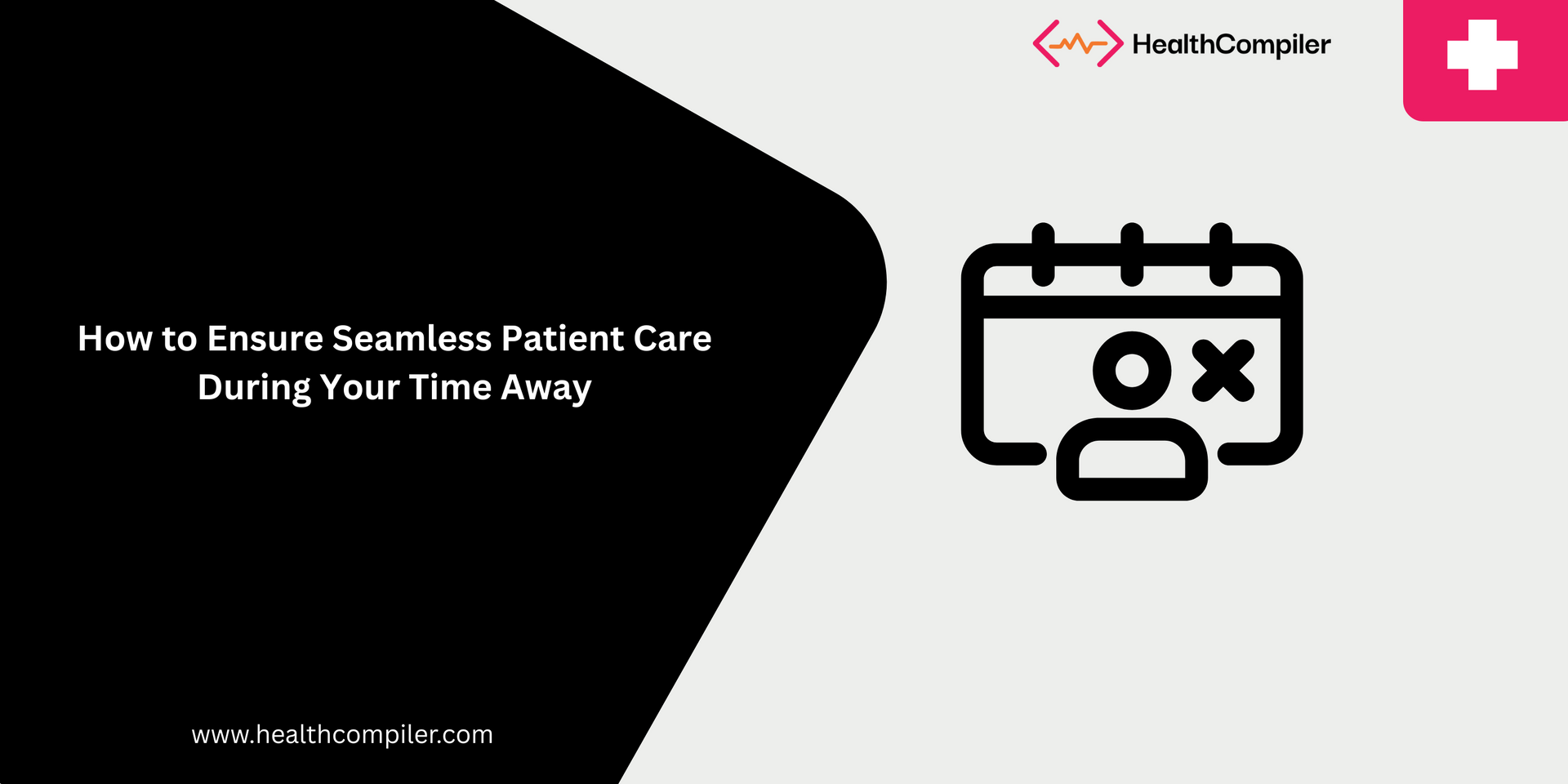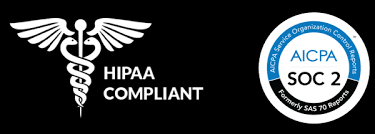How to Legally and Smoothly Cover Your DPC Patients While You’re Away

Starting and running a DPC practice is rewarding, but what happens when you need time away? Whether it’s a vacation, conference, or personal leave, you’ll want to make sure your patients are cared for and your practice stays compliant. Here’s a step-by-step guide to handling patient coverage so you can take time off without stress.
Legal Disclaimer
Disclaimer:
This blog provides general information and best practices for Direct Primary Care patient coverage. Laws and regulations governing DPC practices vary by state and may change over time. Always consult your own legal counsel and check your state and local laws to ensure compliance with all legal, licensing, and insurance requirements before implementing any coverage arrangements.
1. Confirm Licensing & Malpractice Coverage
Before another physician covers for you:
- Make sure they’re licensed in your state (especially for in-person care; telehealth may have different rules).
- Keep copies of their current medical license and malpractice insurance on file.
- Confirm their malpractice policy allows for temporary coverage arrangements.
2. Put a Coverage Agreement in Writing
A simple, clear agreement protects both you and the covering physician. Include:
- Dates and scope of coverage
- Which patient cases they will handle
- How they’ll access your EMR
- Compensation terms (if applicable)
- Keep a signed copy in your practice records.
3. Address HIPAA & Privacy Requirements
If the covering physician will access patient records, have them sign a Business Associate Agreement (BAA).
- Provide their own EMR login credentials, never share your personal login.
- Limit access to only the information they need to provide care.
- Revoke access immediately when coverage ends.
4. Communicate With Patients
A quick proactive message keeps patients confident:
- Tell them when you’ll be away and who will be covering.
- Share how to reach the covering physician for urgent needs.
- Reassure them that their care will be seamless.
5. Prepare Your Practice for Handover
Give the covering physician a briefing on active cases and high-priority patients.
- Flag pending labs, imaging results, or prescription renewals.
- Share your typical clinical protocols for common situations.
6. Follow Up After You Return
- Review the cases handled while you were away.
- Reconnect with patients as needed.
- Thank the covering physician, building a reciprocal coverage relationship can be invaluable for future needs.
Pro Tip from Health Compiler:
Before you leave, use your EMR and analytics platform to create a “Coverage Dashboard” that shows open tasks, pending results, and high-priority patients in one view. It makes it easy for your covering physician to step in, and ensures nothing falls through the cracks.
Additional Legal & Compliance Points
- DPC contracts and operational plans vary by state law. Always review your state’s DPC-specific statutes and consult legal counsel, especially if you plan to serve Medicare or Medicaid patients.
- Not all DPC practices are subject to HIPAA “covered entity” rules. However, most use electronic health records and work with pharmacies or labs. To avoid risk, adhere to HIPAA standards regardless.
- Coverage for Medicare patients requires special precautions. If your practice is opted out of Medicare, ensure that any coverage arrangement does not conflict with Medicare assignment or billing rules.
- Inform patients that DPC is not insurance, and, in your absence, they may need to rely on outside urgent care or their health insurance as needed.
Why This Matters for New DPC Practices
When you’re just starting, it can feel like you have to be available 24/7, but building a system for coverage from day one is part of making your practice sustainable. With the right processes in place, you can protect patient trust, stay compliant, and take the breaks you deserve.



